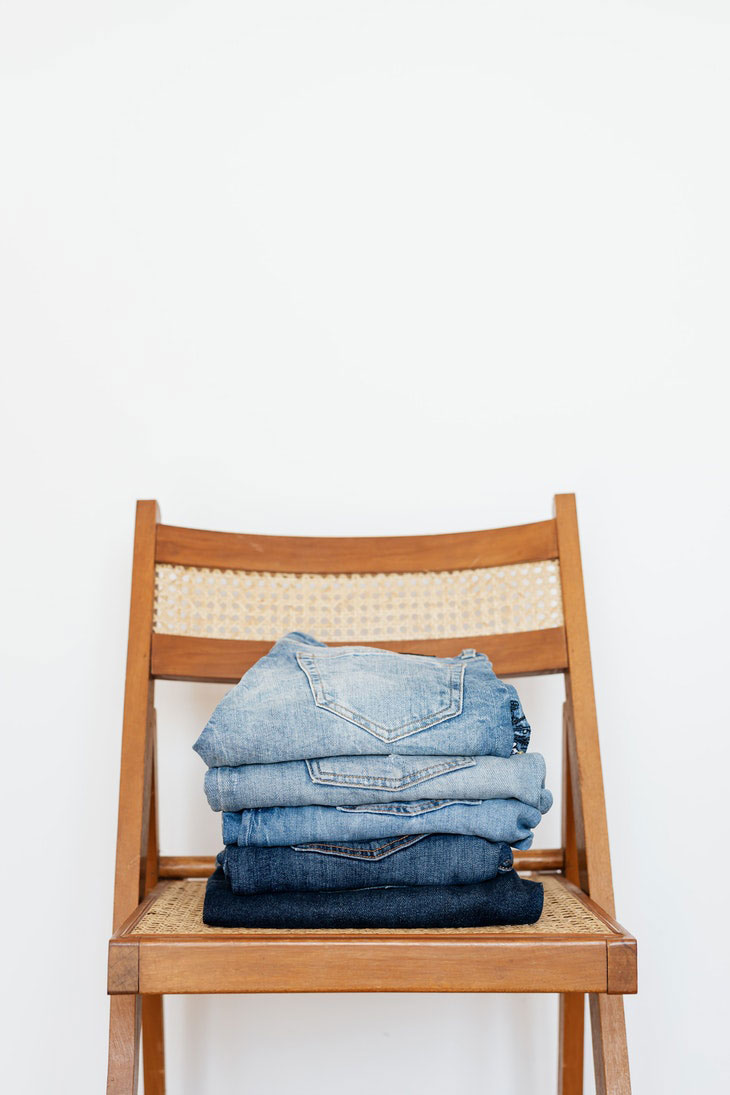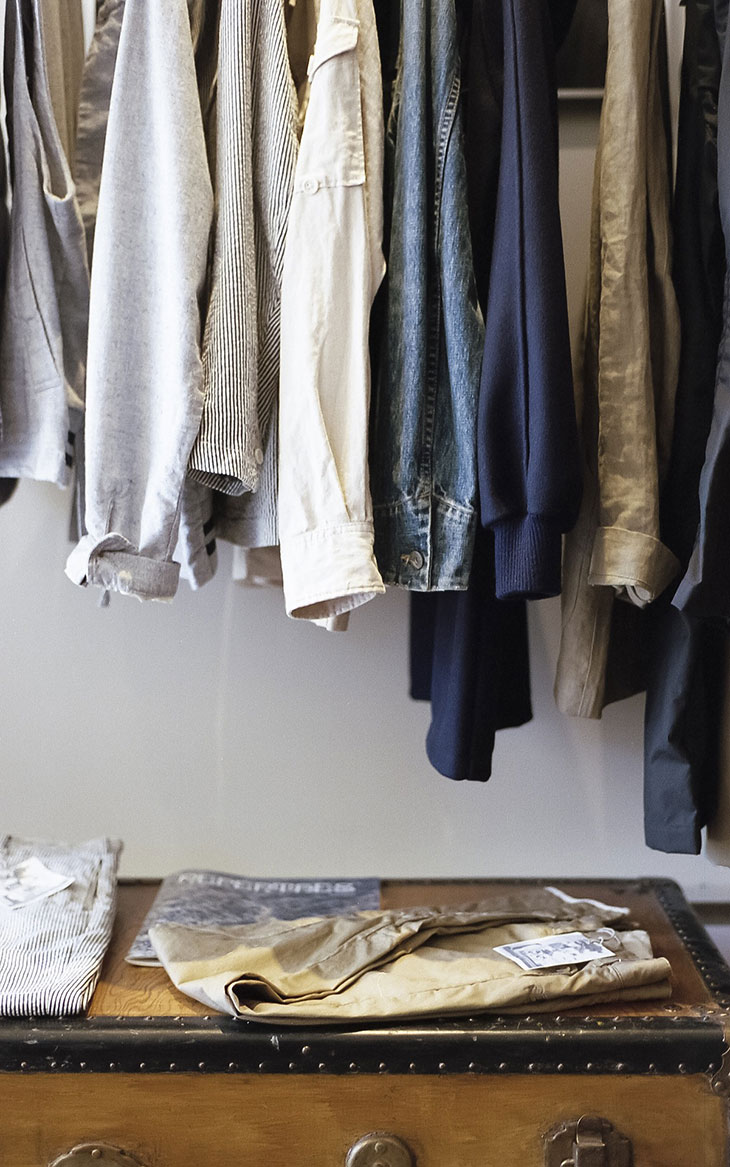
When you’ve spent a load of money on your mens summer fashion clothing the last thing that you want is to have your storage be a problem. Keeping your clothes organized won’t just help you to see what you have when you are trying to pick an outfit. It also helps keep your clothing lasting longer and looking as it did when you first bought it.
The same goes for your shoes. If you take care of them and keep them stored properly, then they will last you a lifetime. Clothing should not be a disposable item like other products we buy on a daily basis. When you are serious about your style, then you want to make sure your clothes are well taken care of.
In this article, we will cover the basics of how to properly store your shoes and clothing.

Shoe trees
Starting with your shoes, you need to invest in a decent shoe tree that can handle the various types that you have.
They should be made out of wood so they are sturdy enough to hold the shape of the shoe and durable enough that you don’t have to worry about them breaking. You can often find plastic ones much cheaper but spend extra to get good wooden ones.
By using a shoe tree, you are not only making sure that the shape of the shoe remains, but also that the leather itself stays in good shape. If you don’t shape your shoes then the leather can tend to crack as it gets bent or pinched in areas.
Also, having a shoe tree that stretches out the shoe will make sure the inside airs out and you don’t end up with moisture gathering inside. The wood will absorb some of the moisture and humidity inside the shoe.
Protect wool
Although wool is a very durable material it is susceptible to damage during storage. It is strong enough to withstand the rigors of a fisherman’s life, but your wool sweater doesn’t stand a chance against moths.
Make sure to store your wool clothing with either moth balls nearby or lavender if you don’t like the smell of the chemical in the moth balls. Cedar and clove are also good alternatives if the smell of lavender is not your thing.
One problem with wool clothing is that they can have insect eggs laid within the threads without you realizing. Take the clothes to be dry cleaned occasionally to kill any of the eggs inside so they don’t hatch and damage your clothing.

The right hangers
The best thing to do is avoid using any wire hangers. They can do a lot of damage to your clothes and they are tough to iron later on when they inevitably create creases in your shirts.
Wooden shirt hangers are ideal as they are gentle on your clothing, especially wool. Then, for your suits, you should have suit hangers that are designed specifically for jackets and shirts. Wooden hangers will also last much longer and are a better investment.
Storing Winter Clothing Over Summer
Storing winter clothing properly during the summer months requires thoughtful preparation to ensure that the garments remain in optimal condition. Before packing away winter wear, make sure to clean all items thoroughly, as dirt and oils can set into the fabric and create permanent stains over time. Invest in quality storage containers, such as vacuum-sealed bags, to protect against dust, insects, and moisture. If using boxes or bins, line them with acid-free tissue paper for added protection.
When packing winter clothes, prioritize organizing and proper folding to minimize wrinkles and potential damage. Heavier garments like coats and sweaters should be stored in individual bags if possible, or placed at the bottom of a storage container, with lighter items on top. Use lavender sachets or cedar balls to keep moths at bay and add a pleasant scent. Avoid hanging heavy woolen garments as it may cause stretching; instead, fold them neatly with tissue paper in between layers.
If you do not have enough space in your apartment, simply taking your winter clothes to a storage space you might be renting might not be the ideal solution. Selecting the right storage location is critical for preserving the integrity of winter clothing. Choose a cool, dry, and dark space, such as a closet or under-bed storage. Avoid areas with high humidity, like basements, or direct sunlight exposure, as these can cause fabrics to deteriorate. Check on the garments periodically throughout the summer to ensure that they are still in good condition and that no moisture has seeped into the storage containers. With proper care and attention, winter garments can be preserved and ready to wear for many seasons to come.








